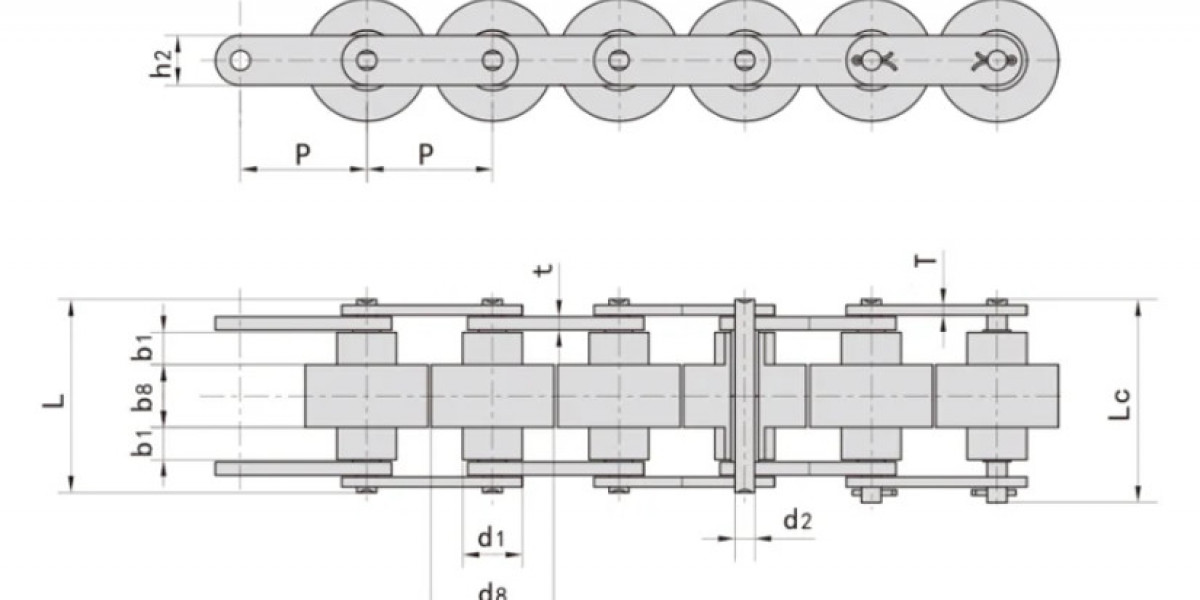The portable blender market has witnessed substantial growth in recent years, driven by increasing consumer demand for convenient, on-the-go solutions to maintain a healthy lifestyle. As more individuals embrace health-conscious eating habits and fitness routines, portable blenders have become essential appliances for preparing smoothies, protein shakes, and juices. However, as the market grows, understanding the dynamics of pricing and consumer affordability becomes increasingly important for both manufacturers and consumers.
This article explores the price trends in the portable blender market, factors influencing pricing, and how consumer affordability impacts purchasing decisions. By analyzing these aspects, we can better understand how brands can meet the needs of various consumer segments while ensuring that portable blenders remain accessible and affordable.
1. Current Price Trends in the Portable Blender Market
The portable blender market is diverse, with a wide range of products available across different price points. Prices vary significantly depending on factors such as brand reputation, product features, and technological advancements. The key price trends in the portable blender market reflect a blend of increasing competition, innovation, and consumer preferences for value.
Entry-Level Models (Under $30)
At the lower end of the market, portable blenders are typically priced between $15 and $30. These blenders often focus on basic functionality and simplicity, making them a popular choice for budget-conscious consumers or those who need a portable, no-frills blender for occasional use.
Target Audience: Entry-level models are usually aimed at students, young professionals, or individuals new to the concept of portable blenders. They typically offer features such as USB charging, compact design, and basic blending power sufficient for fruits and vegetables, but they may lack advanced features like high-power motors or additional blending modes.
Key Features: Low-cost models may have less durable materials, shorter battery life, and lower blending efficiency, but they still provide value for consumers seeking a simple, affordable blending solution.
Mid-Range Models ($30–$60)
Mid-range portable blenders, priced between $30 and $60, strike a balance between affordability and enhanced functionality. These blenders offer more power, better durability, and additional features that cater to health-conscious consumers and fitness enthusiasts.
Target Audience: The mid-range segment appeals to consumers who use portable blenders regularly, such as fitness enthusiasts, busy professionals, or individuals who prefer making smoothies and shakes at home or on the go.
Key Features: Mid-range blenders often include improved motors for better blending of tougher ingredients, longer battery life, larger capacities, and advanced features such as self-cleaning functions or higher blending speeds. Many of these models also use higher-quality materials, such as stainless steel blades and BPA-free plastics.
Premium Models ($60 and Above)
Premium portable blenders are priced above $60 and can go well beyond $100 for top-of-the-line models. These blenders are designed for serious consumers who require high-performance, durability, and a full suite of features. They are typically marketed as premium solutions for those who are serious about their health and fitness goals.
Target Audience: Premium models attract fitness enthusiasts, athletes, and professionals who prioritize quality and convenience. They may also appeal to individuals who travel frequently or need a blender that can handle a variety of ingredients, including ice, nuts, and fibrous vegetables.
Key Features: High-end blenders come with powerful motors (often 300W and above), advanced safety features, extended battery life, ergonomic designs, and premium build quality. Additionally, these models may include unique features such as noise-reduction technology, travel-friendly designs, customizable blending modes, and enhanced portability.
2. Factors Affecting Portable Blender Prices
The price of portable blenders is influenced by various factors that determine product value, functionality, and consumer perception. Understanding these factors is crucial for both consumers and manufacturers looking to navigate the market.
1. Motor Power and Performance
The motor is one of the most significant determinants of a portable blender's price. Blenders with more powerful motors (ranging from 150W to over 300W) tend to have a higher price tag due to their ability to blend tougher ingredients like ice, nuts, and fibrous vegetables. More affordable models may feature lower-power motors that are sufficient for softer fruits but may struggle with ice or harder ingredients.
2. Battery Life and Charging Technology
Battery life is another critical factor in the pricing of portable blenders. Models with longer battery life, faster charging times, and USB charging capabilities generally cost more. Premium models may feature quick-charging or rechargeable battery options, which increase both their value and price.
3. Materials and Durability
The quality of materials used in manufacturing the blender—such as stainless steel blades, BPA-free plastics, and high-grade glass or plastic containers—directly impacts the price. Premium models tend to be built with higher-quality materials that ensure durability, better performance, and a longer lifespan, which increases their cost.
4. Brand Reputation and Features
Brand reputation also plays a significant role in pricing. Well-known brands with a reputation for quality often command higher prices due to consumer trust and brand loyalty. Additionally, more expensive models often come with enhanced features such as:
Self-cleaning functionality
Noise-reduction technology
Multiple speed settings or blending modes
Travel-friendly designs
These advanced features add to the value proposition and justify a higher price point for consumers seeking convenience and added functionality.
3. Consumer Affordability and Purchasing Behavior
Affordability is a key consideration when it comes to purchasing portable blenders. While the market offers a wide range of products, consumer purchasing behavior is largely influenced by their budget, lifestyle, and frequency of use. Let's examine the impact of consumer affordability on the market:
Price Sensitivity and Market Segmentation
Budget-Conscious Consumers: Many consumers are price-sensitive, especially when considering appliances that may not be used on a daily basis. For these consumers, entry-level and mid-range portable blenders are often the preferred choice. These options provide essential functionality without breaking the bank, offering good value for money.
Health and Fitness Enthusiasts: Fitness-focused consumers are generally willing to invest in higher-end portable blenders that can deliver superior performance and durability. These buyers typically perceive premium models as a long-term investment that supports their health goals and workout routines. As such, they are less price-sensitive and more willing to pay for high-performance blenders with advanced features.
Occasional Use Consumers: For casual users or those looking for a portable blender for occasional use (such as blending a smoothie once a week), low-cost or mid-range models are often sufficient. These consumers focus on functionality and price and are less concerned with premium features.
Financing Options and Discounts
To cater to varying budgets, many brands offer financing options or promotions that make their products more affordable. For instance, monthly payment plans or subscription-based models allow consumers to spread out the cost of a more expensive blender over time, making it more accessible.
Additionally, seasonal discounts, holiday promotions, and bundle deals can encourage consumers to purchase portable blenders, especially when the price is reduced or when they can get added accessories or upgrades at no extra cost.
4. Conclusion: Balancing Price and Consumer Expectations
The portable blender market offers a wide range of options at different price points, making it accessible to a broad consumer base. As the market continues to grow, new brands and startups will need to find the right balance between offering competitive prices and maintaining high-quality standards. The price trends in the market reflect consumer demand for both affordable and premium products, depending on the specific needs of the user.








